38 phase labels in chemical equations
› chemistry-solversChemistry Problem Solver Online | Chemistry Homework Help ... But same chemistry proves tough for many students who cannot remember the formulae and equations that are necessary in understanding the subject. It is a fact that students are required to memorize lots of formulae and properties of substances and gases besides remembering how they react with other substances and gases. openstax.org › books › chemistry-2eCh. 1 Exercises - Chemistry 2e | OpenStax Classify the six underlined properties in the following paragraph as chemical or physical: Fluorine is a pale yellow gas that reacts with most substances . The free element melts at −220 °C and boils at −188 °C .
pubs.acs.org › doi › 10Artificial Intelligence in Meta-optics | Chemical Reviews Recent years have witnessed promising artificial intelligence (AI) applications in many disciplines, including optics, engineering, medicine, economics, and education. In particular, the synergy of AI and meta-optics has greatly benefited both fields. Meta-optics are advanced flat optics with novel functions and light-manipulation abilities. The optical properties can be engineered with a ...

Phase labels in chemical equations
EOF Maxwell's equations - Wikipedia Maxwell's equations, or Maxwell-Heaviside equations, are a set of coupled partial differential equations that, together with the Lorentz force law, form the foundation of classical electromagnetism, classical optics, and electric circuits.The equations provide a mathematical model for electric, optical, and radio technologies, such as power generation, electric motors, wireless communication ... kitchingroup.cheme.cmu.edu › pycse › pycsepycse - Python3 Computations in Science and Engineering Note that only one root is real (and even then, we have to interpret 0.j as not being imaginary. Also, in a cubic polynomial, there can only be two imaginary roots). In this case that means there is only one phase present.
Phase labels in chemical equations. Photon - Wikipedia In empty space, the photon moves at c (the speed of light) and its energy and momentum are related by E = p c, where p is the magnitude of the momentum vector p.This derives from the following relativistic relation, with m = 0 : = + . The energy and momentum of a photon depend only on its frequency or inversely, its wavelength (λ): = = = = , where k is the wave vector, where en.wikipedia.org › wiki › Lagrangian_mechanicsLagrangian mechanics - Wikipedia Suppose there exists a bead sliding around on a wire, or a swinging simple pendulum, etc.If one tracks each of the massive objects (bead, pendulum bob, etc.) as a particle, calculation of the motion of the particle using Newtonian mechanics would require solving for the time-varying constraint force required to keep the particle in the constrained motion (reaction force exerted by the wire on ... en.wikipedia.org › wiki › Scientific_lawScientific law - Wikipedia Scientific laws or laws of science are statements, based on repeated experiments or observations, that describe or predict a range of natural phenomena. The term law has diverse usage in many cases (approximate, accurate, broad, or narrow) across all fields of natural science (physics, chemistry, astronomy, geoscience, biology). diffeq.sciml.ai › stable › tutorialsOrdinary Differential Equations · DifferentialEquations.jl AutoVern7(Rodas5()) handles both stiff and non-stiff equations in a way that's efficient for high accuracy. Tsit5() for standard non-stiff. This is the first algorithm to try in most cases. BS3() for fast low accuracy non-stiff. Vern7() for high accuracy non-stiff. Rodas4() or Rodas5() for small stiff equations with Julia-defined types, events ...
kitchingroup.cheme.cmu.edu › pycse › pycsepycse - Python3 Computations in Science and Engineering Note that only one root is real (and even then, we have to interpret 0.j as not being imaginary. Also, in a cubic polynomial, there can only be two imaginary roots). In this case that means there is only one phase present. Maxwell's equations - Wikipedia Maxwell's equations, or Maxwell-Heaviside equations, are a set of coupled partial differential equations that, together with the Lorentz force law, form the foundation of classical electromagnetism, classical optics, and electric circuits.The equations provide a mathematical model for electric, optical, and radio technologies, such as power generation, electric motors, wireless communication ... EOF


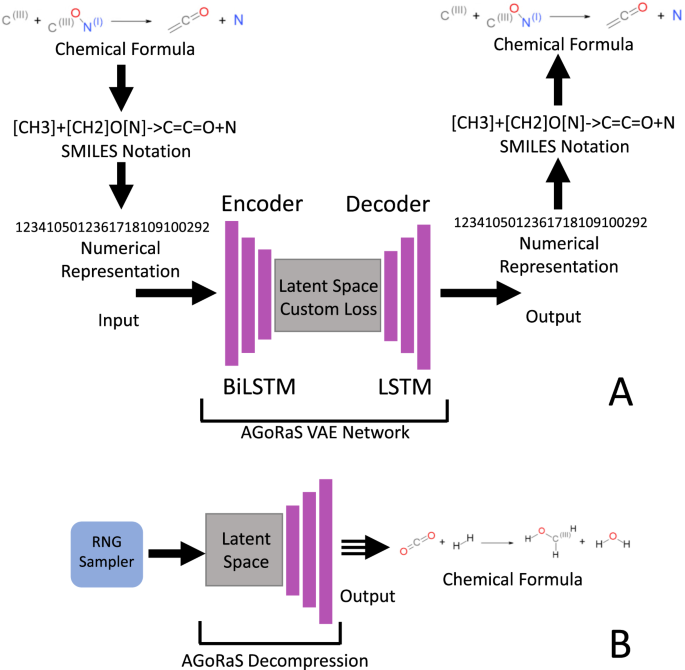

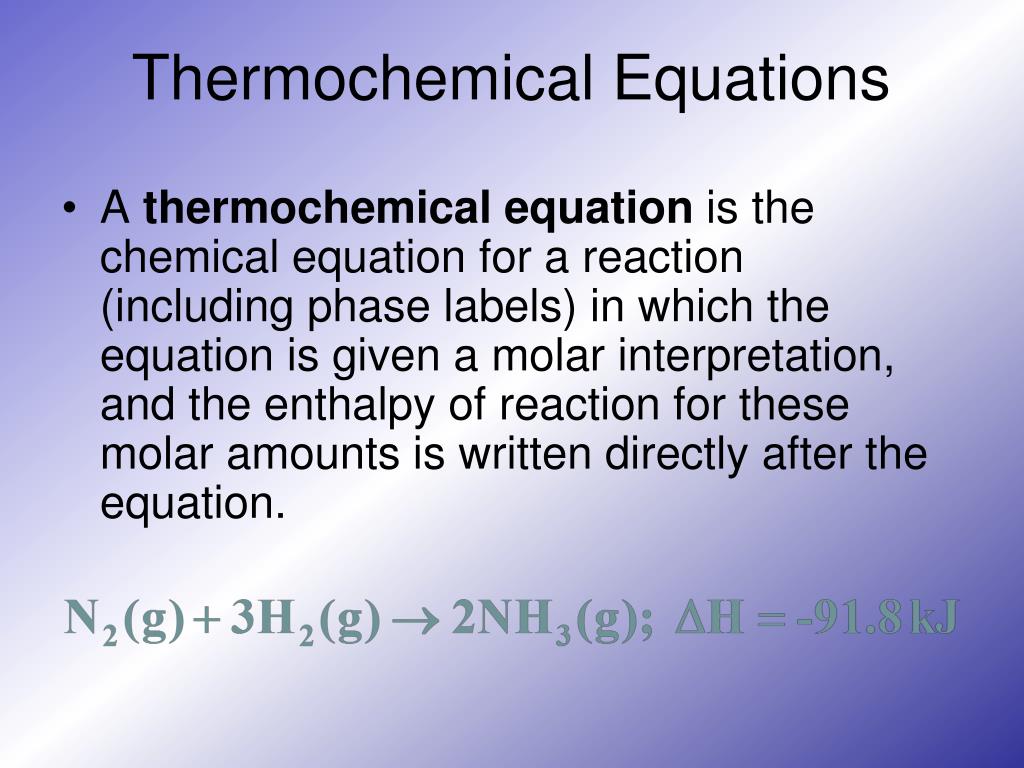


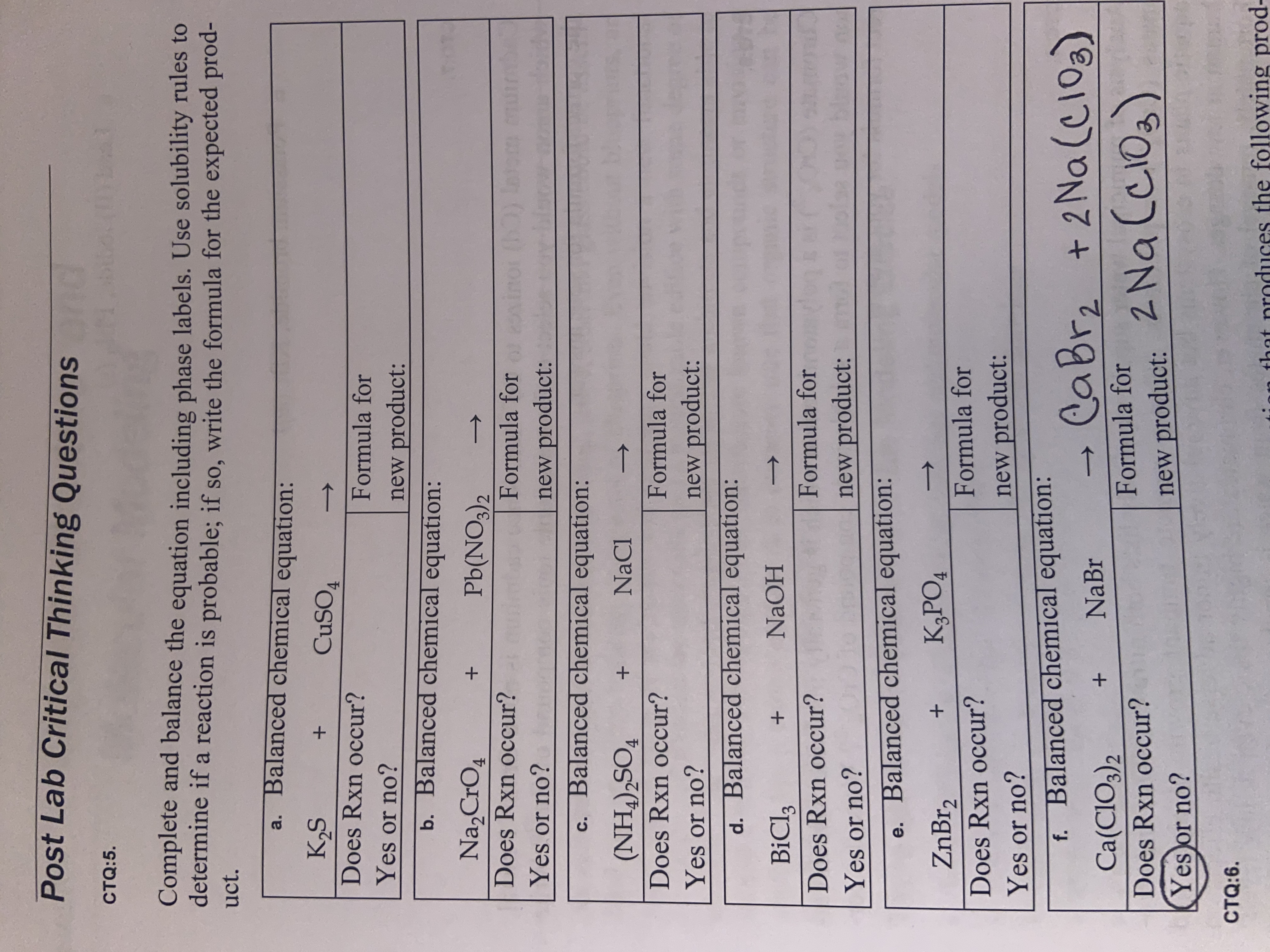






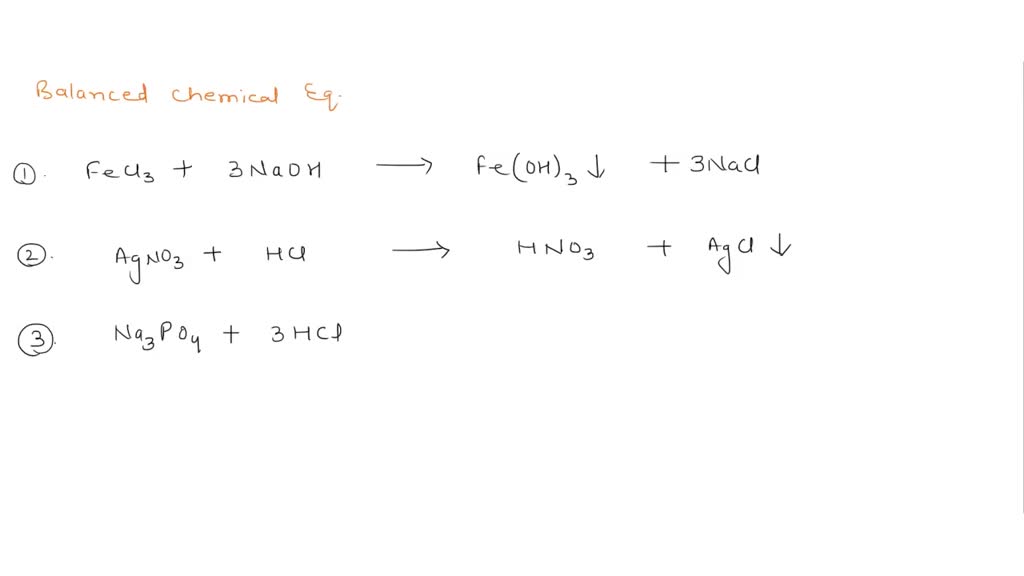


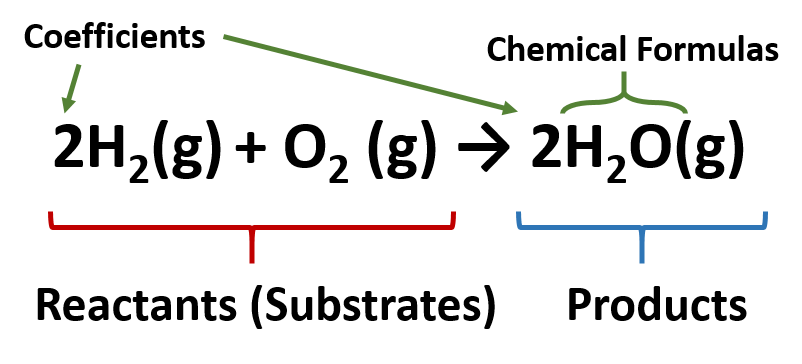



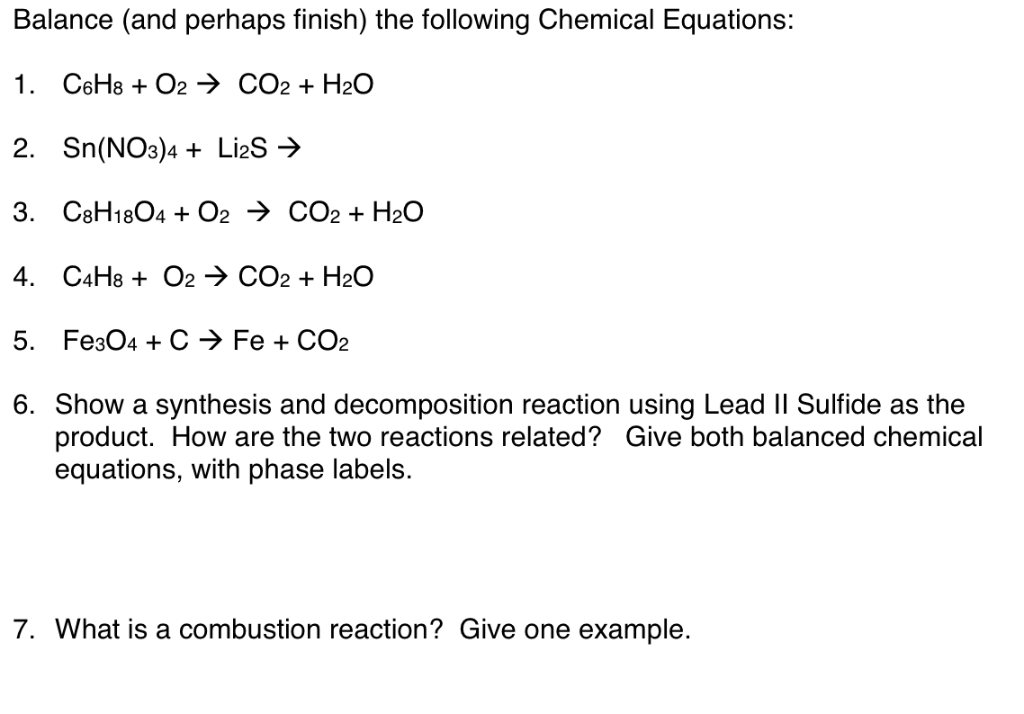
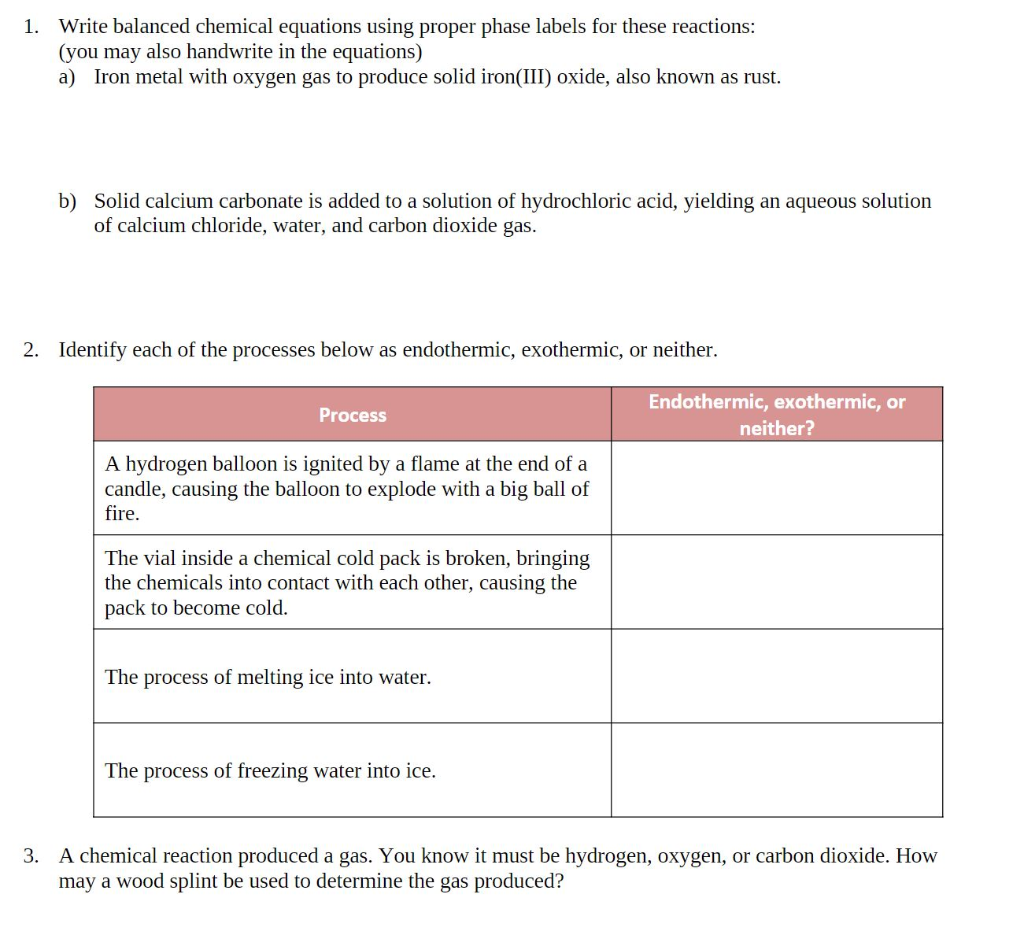
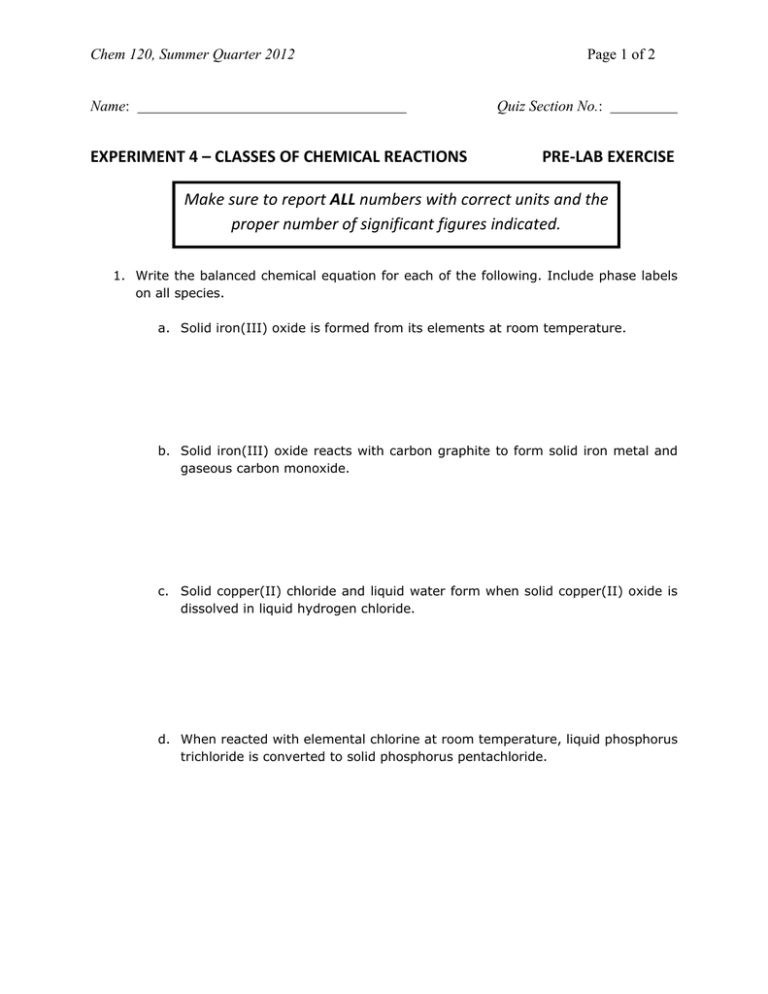


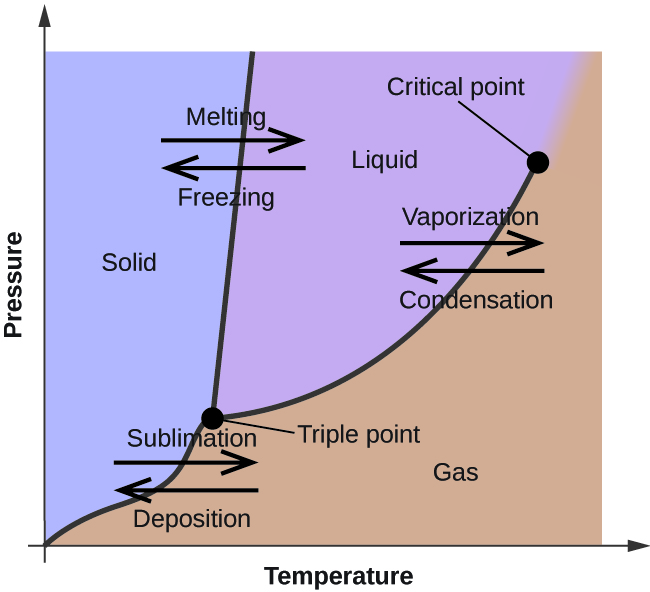

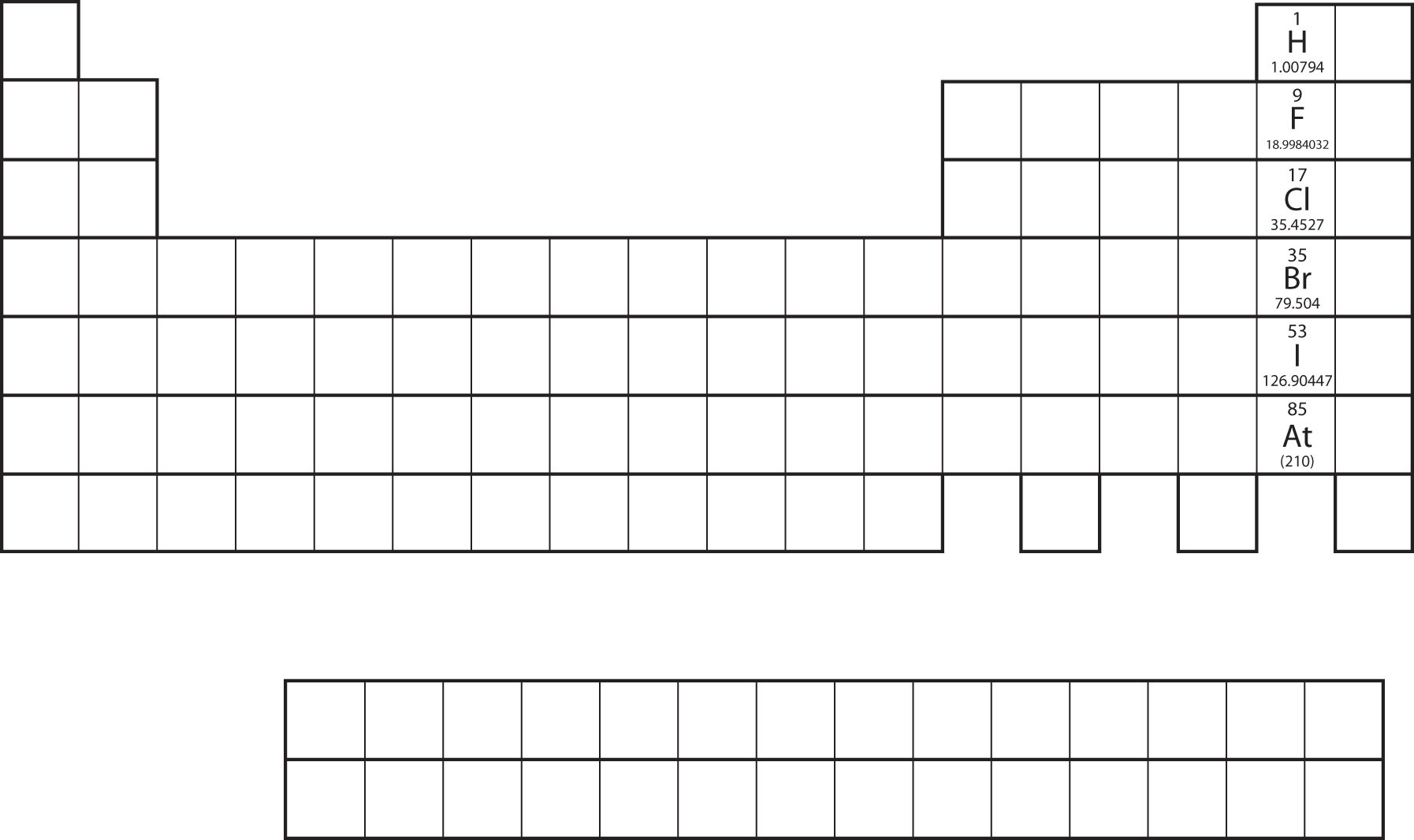




Post a Comment for "38 phase labels in chemical equations"